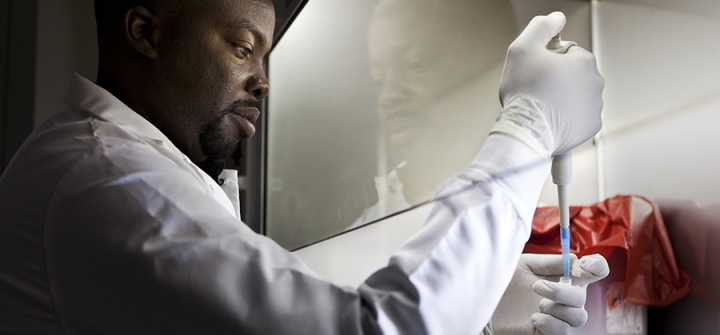Better Primary Health Care? Get Better Data
When representatives of UN Member States gathered last week in Astana, Kazakhstan, the past and future were very much on their minds.
The 40th anniversary of the 1978 Alma-Ata declaration recognized the historic, first global commitment to health for all—though essential health services still aren’t available to half the world’s population. Last week’s conference resulted in the Declaration of Astana, in which national representatives pledged to do step up their support for primary health care.
On the ground in Astana was Beth Tritter, executive director of the Primary Health Care Performance Initiative. In an exclusive Q&A with GHN, Tritter reflects on the future impact of of Astana, what else besides money is needed to improve primary health care, and a new data tool that her organization launched in Astana.
What are your biggest takeaways from this week’s conference in Astana?
I’m encouraged by the breadth of support we’re seeing for primary health care. [Last] week’s conference shows that primary health care is increasingly seen as a foundation not just of the health system, but of sustainable development more broadly.
The Alma-Ata conference in 1978 came to be seen as a huge historic moment. Will Astana be seen similarly in the future?
The Alma-Ata conference in 1978 was the first time global leaders committed to achieving health for all. While the world has achieved tremendous health gains since then, the challenges we faced in the late 20th century resulted in steering resources toward addressing individual health priorities rather than comprehensive primary health care.
This week's conference in Astana marks a renewed opportunity to establish primary health care as the foundation of health for all. To ensure we deliver on this promise, we need tangible tools and strategies for improvement, and ways to hold leaders accountable to the commitments made today.
Universal health coverage is perceived as a valuable goal, of course, but where will sustainable funding come from for low- and middle-income countries?
I believe that today, the world is better equipped and prepared to achieve universal health coverage than ever before, and that governments, donors, development partners, advocates and citizens all have important roles to play in driving progress. There are already encouraging signs: In recent years, we've seen countries around the world rapidly scale up their investments in primary health care—demonstrating that governments, with the support of donors and development partners—can lead the way toward financing health for all.
What else besides money is essential?
To improve primary health care, we need better data. Currently, data gaps make it hard to see where primary health care is falling short, and the data that does exist is often of poor quality or difficult for governments and donors to understand and use. Governments and donors can use data to pinpoint areas for improvement and make the case for better investment, and advocates and citizens can use it to track changes over time and hold leaders accountable.
Your organization recently launched the Vital Signs Profiles tool. What is it and how do you envision it being used to improve health?
[Countries] often don't have the information needed to understand the system and drive targeted improvements. The Vital Signs Profiles aim to change this by providing a snapshot of the strength of primary health care in different countries around the world.
The Vital Signs Profile is a tool for both improvement and accountability. Governments and donors can use it to identify where primary health care is strong and where it can be improved, and citizens and advocates can use it to track changes over time and hold leaders accountable.
What are the best ways to help countries improve data collection? What examples would you point to?
Moving forward, we hope to help build platforms to share insights and innovations in data collection, use and analysis across countries. PHCPI has collaborated with valuable platforms for cross-country learning … to design common but flexible approaches to collecting data that countries can adapt.
Which low- to middle-income countries have done the best job in really delivering on primary health care and could serve as models for others?
Last week in Astana, PHCPI launched the first set of Vital Signs Profiles in partnership with 11 Trailblazer country governments – Argentina, Burkina Faso, Cote d’Ivoire, Ghana, Kenya, Rwanda, Senegal, South Africa, Malaysia, Nepal and Sri Lanka. While all of these countries still have areas for improvement, I am encouraged by their commitment to improve primary health care through better data.
Ed. Note: This Q&A has been edited for length and clarity.
Join the tens of thousands of subscribers who rely on Global Health NOW summaries and exclusive articles for the latest public health news. Sign up for our free weekday enewsletter, and please share the link with friends and colleagues: http://www.globalhealthnow.org/subscribe.html
A lab technican works with pathogen samples as part of research into dangerous animal pathogens in the Global Viral Forecasting Initiative Lab in Yaounde, Cameroon, July 28, 2011. Image: Brent Stirton/Getty





